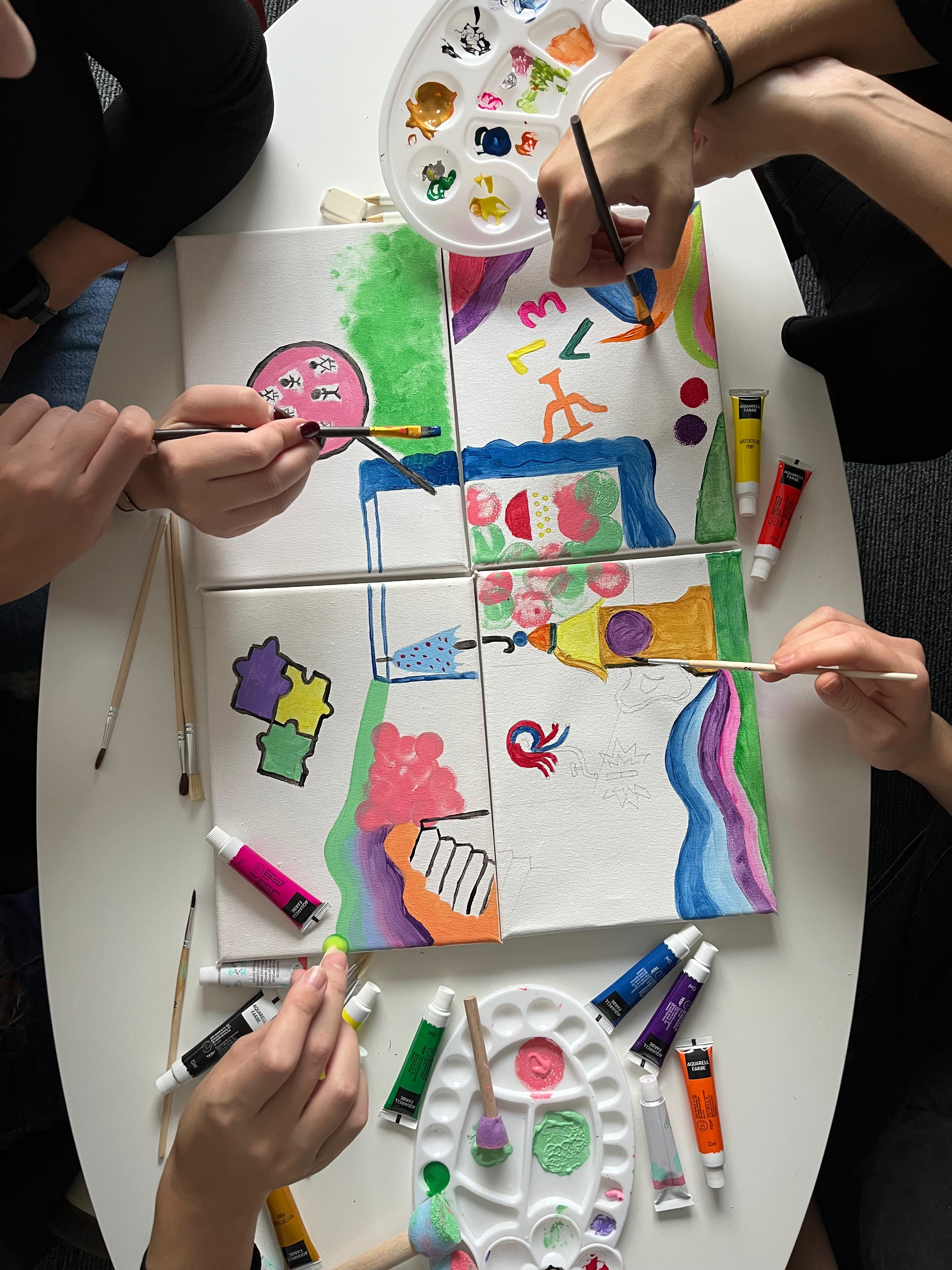In theory, team building should be a beneficial experience that helps to strengthen the connections between team members in an organization, ultimately leading to more productive collaboration on upcoming projects. However, in practice, it can be quite stressful for some employees, especially if it is planned during weekends or their personal time. If HR does not first assess the needs of employees and the organization, it is likely that some employees may not be satisfied, and the intended objectives may not be achieved.
When and how to organize teambuilding?
Employers should consider that employees are more likely to participate in team building activities if they take place during working hours. Additionally, they should pay attention to the choice of team building activities.
HR and managers often have many activities to choose from, but only some can truly foster unity in an interesting and innovative way and encourage problem-solving within the team.
The globally recognized tool that helps connect team members is the Belbin Team Roles® . It was introduced to Croatia somewhat later while its use has become more frequent in the last year. It is helping improve collaboration, communication, and joint problem-solving in teams.
Set goals before choosing teambuilding activities
Before selecting team building activities, it's important to set one primary goal or a few secondary ones. Regardless of how many goals are set, there should be at least a basic idea of what you want to achieve. Is the goal just to have fun, or is it something else? The Belbin teambuilding approach is designed to help achieve these four objectives:
Understanding team roles
Belbin's methodology helps identify the natural roles of each team member. This understanding enables team leaders and members to better see how they complement each team member, which is crucial for coordinating team activities to achieve common goals on time. Such an approach reduces confusion and increases efficiency.
Improving communication
One of the main challenges in teamwork is effective communication. Therefore, the Belbin questionnaire helps identify different communication styles among team members, allowing them to understand each other better and adopt communication methods they find most effective.
In teams where the exchange of information is organized and understandable to everyone, team cohesion is stronger, as is interaction and cooperation on projects and daily tasks. In addition, opportunities for misunderstandings and communication gaps are reduced.
Increasing team cohesion
Team cohesion is essential for the success of any team and any project, regardless of the industry. Belbin's methodology helps the team recognize and appreciate different roles and responsibilities. When team members understand and value their colleagues' contributions, the team spirit and trust grow, leading to a stronger and more cohesive group.
Efficient conflict resolution
Despite efforts to improve communication, misunderstandings can still complicate daily team life. Conflicts are an inevitable part of teamwork, and team members should always take that into consideration.
Luckily, understanding different team roles can help resolve conflicts. Belbin helps identify the causes of conflicts and provides tools for constructive management of disagreements. Furthermore, Belbin questionnaire helps the team to find the best solutions acceptable to everyone, which reduces the tension and increases productivity.
Why is Belbin increasingly chosen as the main teambuilding activity?
Belbin Team Roles® are widely used to understand and improve team dynamics. The methodology identifies nine different roles that team members naturally adopt, such as Innovator, Evaluator, or Coordinator. Using Belbin, teams can better understand the strengths and weaknesses of each member and see how their roles affect team performance.
Using the Belbin methodology on team building allows all team members to discover and truly understand their natural role and strengths. When team members get to know themselves and others better, cooperation and efficiency of the entire team is strengthened, communication improves, and team cohesion develops.
Belba's questionnaire thus strengthens teams through several stages, and the main goal is to find a common language in the team and to make the most of each member's strengths and direct them towards long-term goals.
How to organize a Belbin team building?
Belbin team building includes fun and interactive methods that can strengthen the team, and you can achieve the integration of Belbin methodology in team building activities in a few steps:
Completing the Belbin questionnaire
The first step in understanding team roles and preferences is to complete the Belbin questionnaire. This questionnaire helps to identify the preferred and non-preferred roles of all members within the team, while highlighting their strengths and areas for development. After completing the questionnaire, a detailed report is generated that serves as a basis for further activities.
Organizing a workshop
After all the team members have filled out the questionnaire and after the report has been generated, a workshop organization follows, and the different roles in the team will be discussed in detail. The goal of the workshop is not only to practically explain the characteristics of each role, but also to emphasize their specifications and differences that can lead to misunderstandings or conflicts in communication. The workshops are interactive and fun and include creative team tasks in which each role comes to the fore. Thus, through concrete practical tasks, participants can learn to better understand themselves, as well as other team members.

The activity also includes a cooperative game with three different exercises that involve creativity in approaching and solving problems. One example of such a game is devising a 'missile rescue' strategy. In a very short time, all team members need to listen to feedback to decide who and how to participate in the rescue.
The team can practice creativity and cooperation through the task of filling in shapes on different boards, without being seen by other team members. When exchanging shapes, the team will realize that they will complete the exercise successfully only if they put team success first, not individual success. The last exercise can only be performed successfully if all team members "breathe as one". The task involves the shared control of writing instruments to successfully draw the given shapes.
Applying the knowledge
After the workshop, team members gain insights into differences between them, individual preferences and characteristics. This knowledge allows team leaders to choose the most appropriate roles for each member when assigning tasks or organizing and planning future projects. Thus, everyone in the team can work in the role that is most natural while contributing as best as they can, which increases productivity and satisfaction within the team.
If you want to take advantage of the Belbin methodology to better understand and support your organization's culture and values, get in touch with us!



